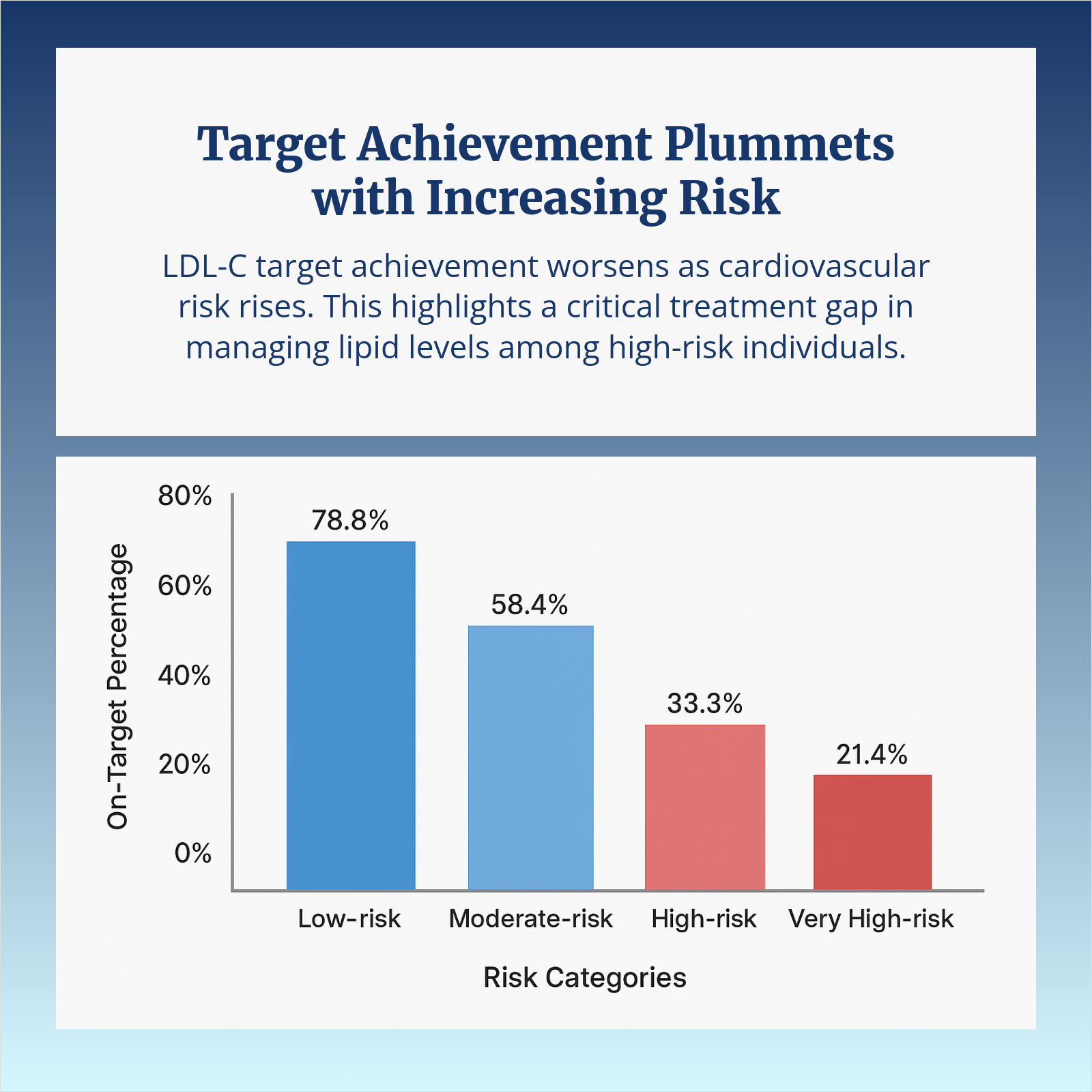
Multidimensional perspective of obesity; prevention to treatment - PubMed
Source : https://pubmed.ncbi.nlm.nih.gov/39610545/
Further population-based studies focusing on national and international collaborations are needed to progress more practical strategies to face with obesity challenge in different age ranges.
This narrative review summarizes EMRI’s obesity research, emphasizing genetic, microbiota, nutritional, and herbal factors in weight management, and calls for personalized, collaborative, and population-based strategies to improve obesity prevention and treatment outcomes.
Endocrine dysfunction is an under-recognized but significant driver of morbidity and mortality in the critically ill. This review highlights how biomarkers enable earlier detection, diagnosis, and monitoring of life-threatening endocrine crises—such as adrenal insufficiency, thyroid storm, and hyperglycemic emergencies—that may initially present with non-specific symptoms.
Highlights:
• Biomarkers—classified as prognostic, predictive, pharmacodynamic, or exposure-related—help guide both diagnosis and treatment decisions.
• Established markers include TSH for thyroid disease, cortisol for adrenal insufficiency, IGF-1 for growth hormone deficiency, and HbA1c for glycemic status.
• Advantages include earlier, objective detection and individualized therapy; limitations involve sensitivity, clinical validation, and interpretive complexity.
• Emerging tools like extracellular vesicles, serum diiodotyrosine, and neutrophil gelatinase-associated lipocalin (NGAL) may offer precision diagnostics.
• Advances in multiplexed and ultra-sensitive detection platforms are improving accuracy and accelerating clinical adoption.
What sets this study apart:
It synthesizes current and emerging biomarker evidence, positioning these tools to shift critical care endocrinology from reactive to precision-guided, proactive management.
Limitations:
Many novel markers lack large-scale validation. Regulatory hurdles and workflow integration also limit clinical translation in intensive care.
How are you leveraging biomarkers to detect endocrine crises earlier in the ICU? Could multiplex technology help improve diagnostic accuracy and resource utilization in your unit?
Fun Fact! Statin-associated muscle symptoms (SAMS) occur in 10–29% of patients, typically presenting as myalgia or myositis in the thighs or calves. Severe cases like rhabdomyolysis are rare. Genetic variations, especially in the SLCO1B1 gene, have been linked to a higher risk of developing SAMS during statin treatment.
Could SLCO1B1 genetic testing support safer, more personalized statin prescribing?

Could SLCO1B1 genetic testing support safer, more personalized statin prescribing?







